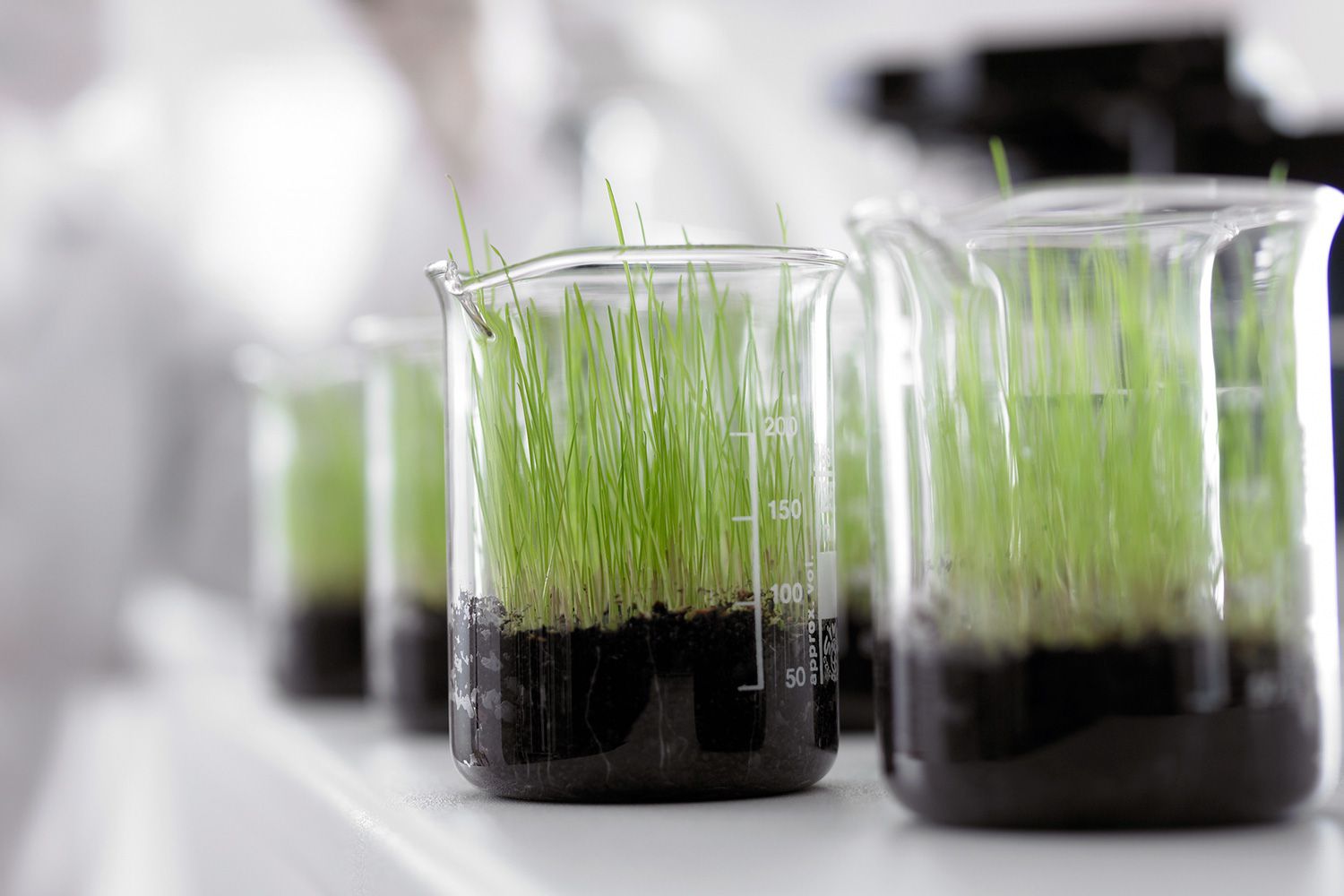Food that we consume today, is of a vast difference from the ones consumed by our ancestors in various aspects like, taste, colour, nutritional composition etc. The present day food is mostly the result of agronomic technologies being currently developed.
Agronomy – Its the part of science that incorporates our knowledge on biology, soil sciences, economy, hydrology, pest management and genetics into development of the food crops that are cultivated.
As the major part in sustaining life is played by the food crops, it’s our own duty to do investigate on the problems faced by the food crops due to the environmental and other changes and bring about solutions that will ensure the sustainability of the crops in the future too. The progress in the agronomic has been successful in finding better remedies for the challenges faced by the plants. Its of greater importance because the traditional methods in cultivation has now clearly failed in feeding the growing population.
There are a lot of researches being carried out around the world, especially to carry out planting in areas which are traditionally called “unsuitable for plant growth”. The factors that make these areas unsuitable could be drought, high salinity and also lack of essential elements.
The concept of “transgenic crops” is one of the profound fields in finding solution to the above problem.
Transgenic crops are the crops selected and inserted with genes of a related or an unrelated species. DNA recombinant technology helps in identifying the exact beneficiary genes and inserting into the desired plant’s genome.
We shall look into one of the simplest issues addressed through this technique.
We all are aware that Nitrogen(N) and PHosphorous(P) are two of the major essential elements for plant growth.
P is intaken only as orthophosphates(H 2PO 4 –/HPO 4 -2, Pi) and N is intaken mostly as NO 3 –, Ni or ammonia (NH 4 +)
Still, there are soil profiles which lack or deprived of the availability of both above elements, which may lead to crop failure.
Here, at this point, farmers apply excess amount of both N-P fertilizers expecting a high yield in return, but crops can intake approximately 20% of externally applied fertilizer and the rest contributes to the other listed environmental issues.
Thus, the latest technologies found by the scientists have found ways to activate only low P requiring metabolic pathways when the external environment lacks Phosphorous element.
In simple words, the plants limit the shoot growth and increases the branches in the roots. This results P in deep soil too available for the plant. As a result, the desired crop be able to grow in such P lacking environment too, without any effect on the environment.
The molecular levels of these researches has helped us in analyzing the needs and finding solutions at a molecular basis, which has brought up a vast development in the agri-field, that’s given a light to the future of our food crops!
Reference:
https://www.ncbi.nlm.nih.gov/pmc/articles/PMC4560252/
Image Courtesy:
https://www.thoughtco.com/plant-project-ideas-373334

